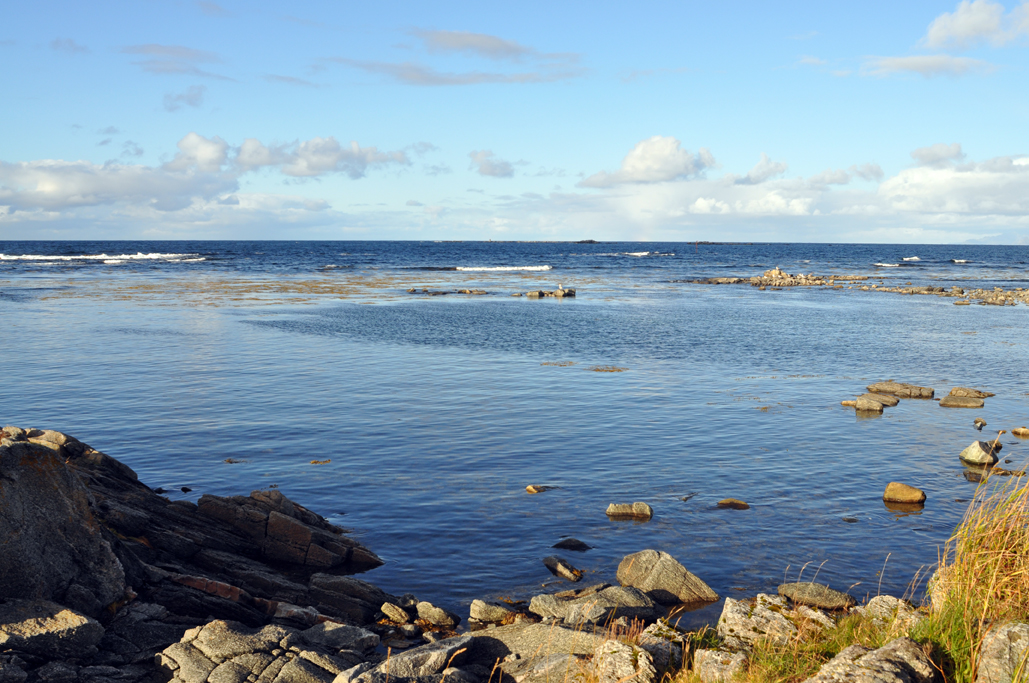A total of 34.6 billion barrels of oil equivalent (boe), or 5.5 billion standard cubic metres oe, had been produced from the NCS at 31 December 2010. That represents some 40 per cent of the potentially recoverable resources in these waters. But the uncertainty over how much is left to find remains great. The range is from about 6.3 billion boe to some 31 billion boe, with an expectancy (mean) value of roughly 16.3 billion boe. That represents about a fifth of the anticipated total.
Expectations are highest in the Barents Sea, which is expected to contain 37 per cent of the undiscovered resources, and lowest in the Norwegian Sea with potentially 30 per cent. Norway’s North Sea sector, which is the best mapped part of the NCS, is thought to hold about 33 per cent of the resources still to be found.
Plays
These estimates build on the NPD’s petroleum plays – which provide an analysis tool utilising geological knowledge accumulated over more than 40 years of offshore operations. Defined on the basis of a set of geological criteria within a clearly prescribed area, a play may potentially contain oil or gas.
Analysing them ultimately makes it possible to put a figure on the amount of petroleum which could be proven in and produced from each play. One area could contain several plays of different geological ages. The number of prospects in each play and the petroleum each might yield determines the play’s probable resources. Such estimates involve considerable uncertainty, particularly in areas where geological information is limited, but the level of assurance increases as more wells are drilled.
North Sea
This is the best-mapped part of the NCS, its geology well known from many wells. So the level of uncertainty in estimates of undiscovered resources is lower than in other parts of the NCS.
Surprises can nevertheless occur, as demonstrated by the Johan Sverdrup discovery first proven in 1910 and ranked as one of the 10 largest finds in Norwegian offshore history. Undiscovered resources in the North Sea were estimated with 90 per cent probability at 31 December 2010 to be 2.9-8.2 billion boe. The mean value is 5.3 billion boe.
Norwegian Sea
The knowledge base in these waters varies, and estimates suggest that their undiscovered resources could be 1.6-9.9 billion boe, with a mean value of 4.9 billion boe. Disappointing exploration results in the deepwater Norwegian Sea during recent years have prompted the NPD to reduce its expectations of the amount of oil and gas to be found there.
Estimated undiscovered resources in this part of the NCS are 35 per cent lower today than they were in 2006.
Barents Sea
Little data is available in large parts of the Barents Sea, and few if any wells have been drilled in these areas. The level of uncertainty in resource estimates is accordingly high.
Based on current knowledge, it is 90 per cent probable that 1.1-15.4 billion boe remain to be discovered in these waters, with the mean value put at 5.9 billion boe. In addition come possible discoveries on the continental shelf around Jan Mayen and in the new Barents Sea East part of the NCS. These areas are not included in today’s estimated resources. Read more in chapter 2 of the NPD’s 2011 report concerning petroleum resources on the NCS.
By Astri Sivertsen.
